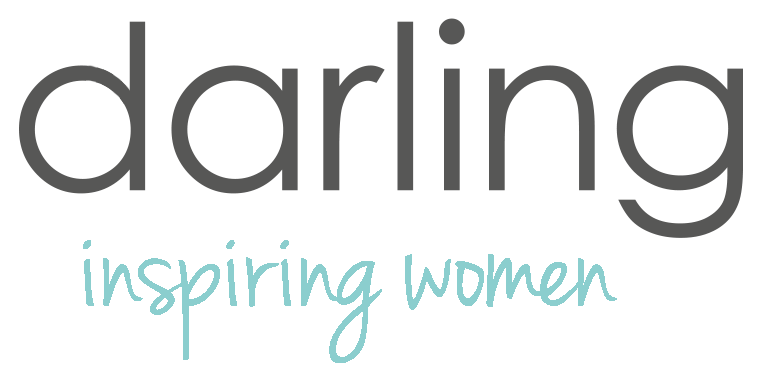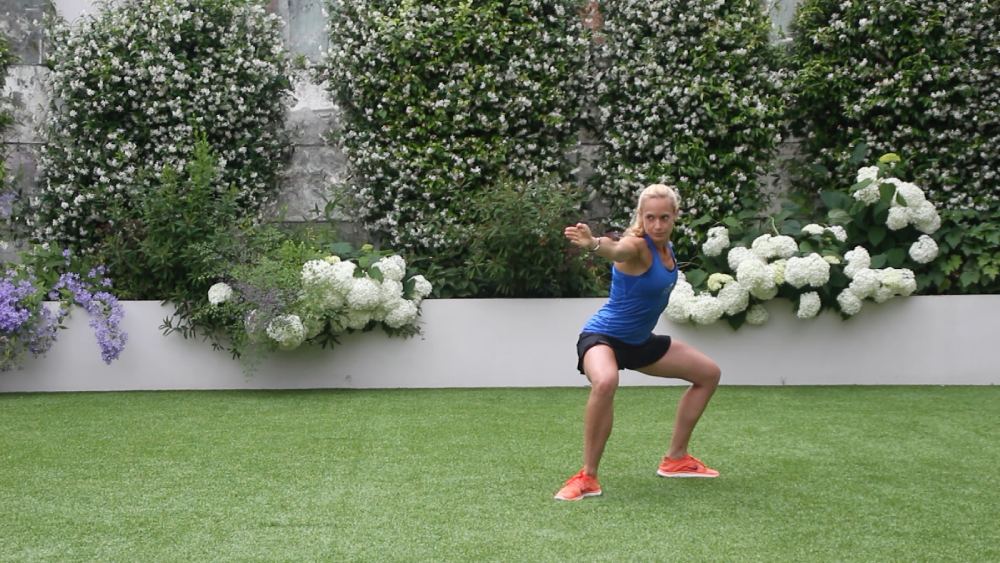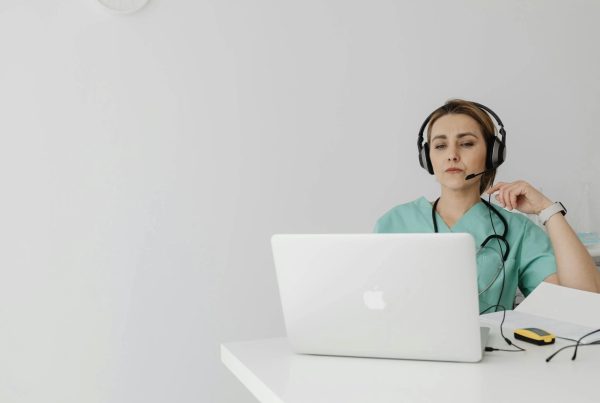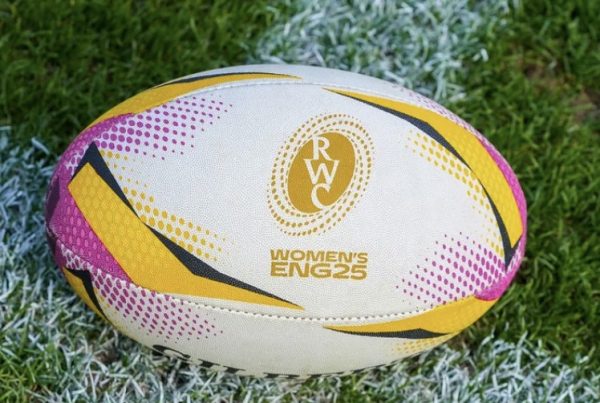If like many, you have been wondering when it is safe to return to exercise after Covid-19. This is for you, read on. Personal trainer Joanne Groves, believes you deserve the very best advice. She is here to help you begin getting your fitness back on track.
Considerations before resuming exercise after Covid-19
- It is advised from the NHS website to rest for 10 days after testing positive, other than walking or daily living activities.
- Wait until 7 days after being free of symptoms to progress gradually, back towards resuming exercise (some athletes take over three weeks to recover, so be kind to yourself!)
- You should be able to walk a minimum of 500m on the flat without getting breathless and complete all activities of daily living without excessive fatigue and/or breathlessness.
- All treatments that may mask symptoms (e.g. Paracetamol) must also be stopped before you begin your exercise plan.
If you have any medical conditions such as diabetes, cardiovascular disease or renal disease, which may complicate your recovery from corona virus, you will need to have a medical assessment before returning to exercise. Each case of Covid-19 comes with a set of unique symptoms and experiences.
“I think the best advice about exercising after having COVID-19 is to be very careful. This is a challenging disease,” says Dr. Fredericson, no matter your age or your fitness level, it’s a good idea to discuss any physical activity plans with your doctor and proceed with caution. “
5 tips to help monitor your progress
- Use a wearable (smart watch, heart rate monitor) to check your resting heart rate (RHR) although this does have its limitations.
- Checking in with yourself, asking how you are feeling on a scale to 1-10 (trainers call this Rated Perceived Exertion or RPE). This is what Joanne uses with her clients as it gives her a more accurate indication of how they feel.
- Try to create an environment that helps you sleep, taking a nice bath to help reduce stress levels.
- Managing fatigue by ensuring you are getting enough rest as you get back to daily life. You want your body to enjoy moving and not feel exhausted.
- Start slowly and build up gradually to avoid muscle soreness.
You may experience mild symptoms such as cough, mild breathlessness and fatigue, which could last for weeks after the initial illness. If you have any concerns you must seek medical attention.
Step 1-Getting started
1-3 Days post a clear test, begin to Increase your heart rate with light walking, gentle jogging, stationary cycling, or body weight, but no resistance training (aim to move for 15 mins)
If you feel good with no reasons for concern you can continue to step 2.
Step 2-Example workout
Aim for 15 mins for 3 days at a feeling of no more than 7/10 (RPE), doing each exercise for 45 sec before moving on to the next. Repeat 3 times.
Exercise 1: Lunge backwards with overhead reach
Stand tall, then step right leg back and drop in height to where you are comfortable while you reach both arms up above you head, feeling the stretch in your tummy. Return and repeat with your left leg.
Exercise 2: Side Lunge with side overhead reach
From standing tall, step your right leg out to the right side while reaching your arms above your head and leaning to the right. Going a little further as you feel comfortable, feeling the stretch at the sides of your waist. Repeat each side.
Exercise 3: Rotation lunge with rotational reach
From standing, step your leg out around to the corner and follow the direction of your step at waist height with your arm, feeling all the muscles around your tummy and bottom. Repeat both left and right.
Exercise 4: Hands against the wall and use this to do a push up, or roll the body down to the floor and walk the hands forwards into a press up position (Options from your knees or toes- or I recommend if you still feel breathless on the floor stay upright).
Exercise 5: Plank (from knees or toes) with hands under your shoulders, reach your right hand as far as possible out in front and tap the floor, return and repeat with your left arm. Or remain standing and reach your hands around the wall.
Exercise 6: Bonus! Join me for a party dance freestyle to your favourite tune
If you feel a tightness in your chest, and dizziness or fatigue, stop and consult your doctor. There is no best exercise, listen to your body or contact me directly through joanne@fasterfunction.com where I can help you build a unique programme taking into consideration the research around your unique symptoms and the way you would like to feel during your session and the following day!
If all feels good, then build up to 30 mins.
You can get in touch with Joanne via email joanne@fasterfunction.com
Joanne is a Faster Educator, Author, Personal trainer and Presenter
https://profiles.stanford.edu/michael-fredericson
See also Joanne’s fitness tips for a healthier New Year
Source: ncbi.nlm.nih.gov
Source: ncbi.nlm.nih.go
Source: acsm.org
Source: jamanetwork.com




